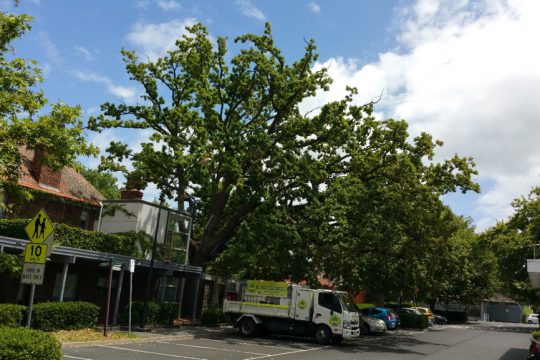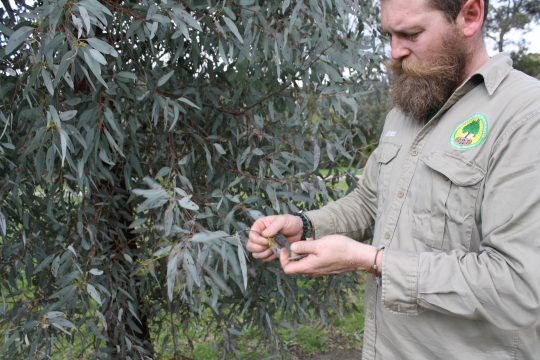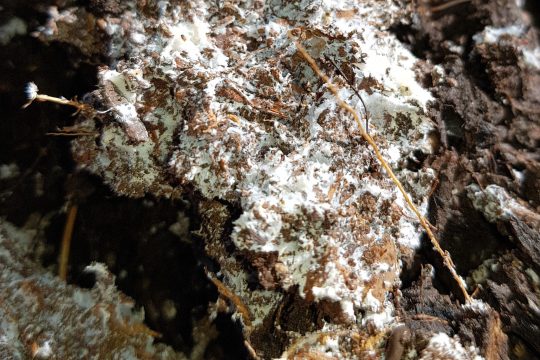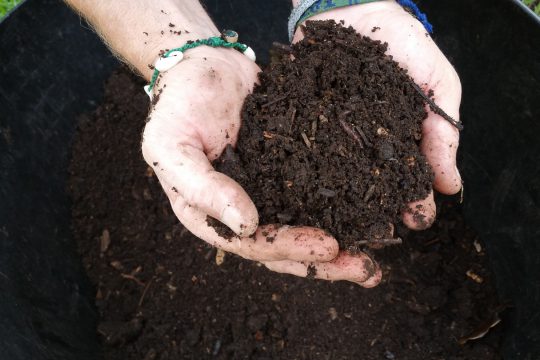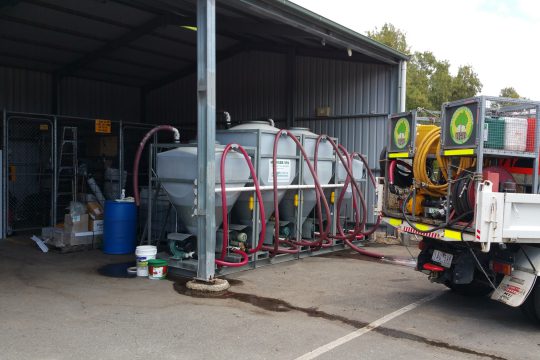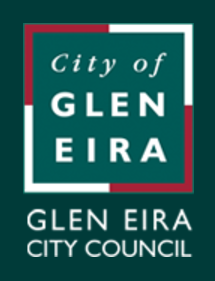PHC Programs
G.U.F prepares and implements Plant Health Care (PHC) programs to enhance, protect and manage any type of plant material in the Urban Forest.
Whether it is an entire park of trees, a rural shelterbelt such as a Cypress windbreak, a beloved patch of turf in a backyard, or even a small vegie patch, G.U.F can apply its unique world’s best practice approach to their environmental management.
G.U.F PHC programs can be tailored to fit different customers’ needs, plant material, and budget requirements.
Each program can consist of key liquid microbial applications, soil works, PHC data collection/documentation and monitoring to manage plant health over time using a clearly scheduled pro-active strategy.
G.U.F is dedicated to the health and sustainability of all plants in the urban landscape. Investing in your plants and soil provides benefits for you, forthcoming generations and our living planet’s fragile future.
What does G.U.F measure?
Tree Health Calculator – Soil Biology – Soil Chemistry
Prior to commencing treatment G.U.F carries out an onsite inspection to include Visual Tree Assessment (VTA), Tree Health Calculator, Soil Biology and Soil Chemistry analyses. After the Plant Health Care (PHC) treatment the trees are retested to measure their performance and monitor the success.
Why manage Trees?
Along with city planning stakeholders, academics and psychologists, G.U.F regards urban trees as essential to the future of our cities. Most of our communities live in cities that are increasingly becoming urban deserts. Urban forests are vital for bringing natural systems back into city dwellers’ lives by,
- improving air quality,
- canopy cooling,
- water management,
- improved mental health and;
- equity in sharing this planet with other species.
It is only large healthy trees that provide these functional benefits.
By observation, G.U.F understands most urban trees are in decline. Our sampling indicates that many urban soils are compacted, have toxic chemistry and low biological activity with this reflected in declining tree health. The City of Melbourne is regarded as the most advanced local government tree manager in Australia and it estimates it will lose 39% of its current tree stock in less than 20 years.
Urban tree replacement due to mature tree failure mainly attributed to drought is already taking place. In many cases, these trees are again replanted within 10 years indicating soil health may be the root cause of failure. Conventional wisdom is that tree roots can only grow in the top 40 cm of soil. This questionable ‘new norm’ thinking is being applied to trees that historically have root systems metres deep and live for 100’s of years.
A global trend of acknowledging that trees are key natural assets that will provide multiple services to cities has one common theme, Canopy Function. Individual widely spaced juvenile trees seen in artist impressions do not provide these services. The greatest canopy benefits are from large mature healthy trees with large volumes of overhanging biomass. For trees to grow and provide significant canopy overhang they must have healthy root systems in healthy soil. Trees in poor health do not provide the functional value expected. Trees in poor health are not providing the return on investment that is expected from them.
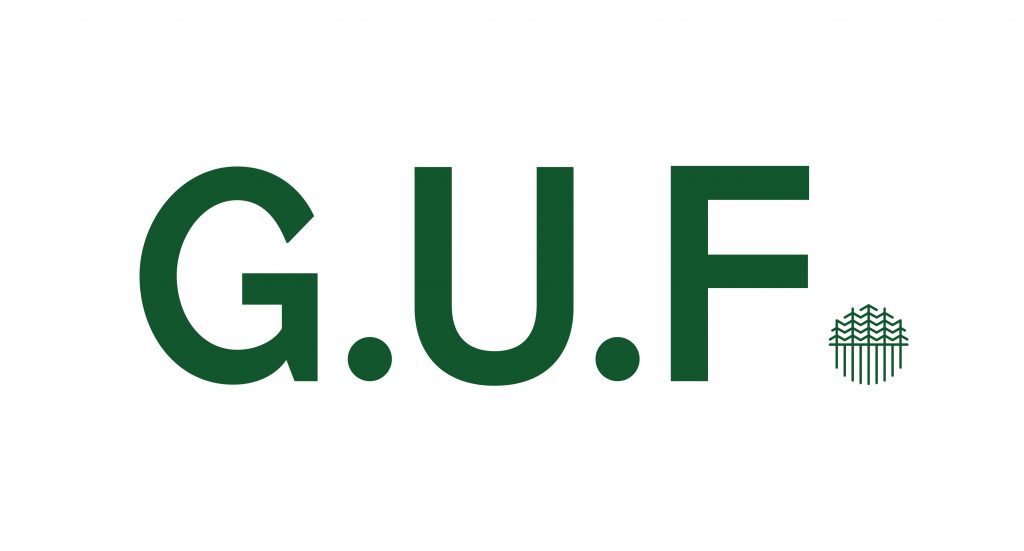
Contact Us
Send Global Urban Forest a message
